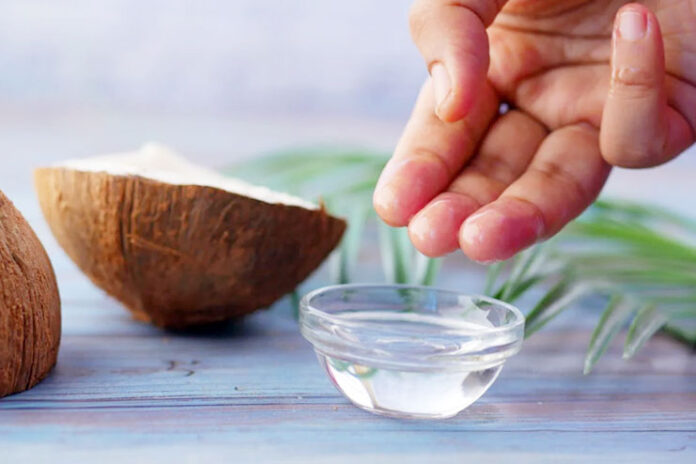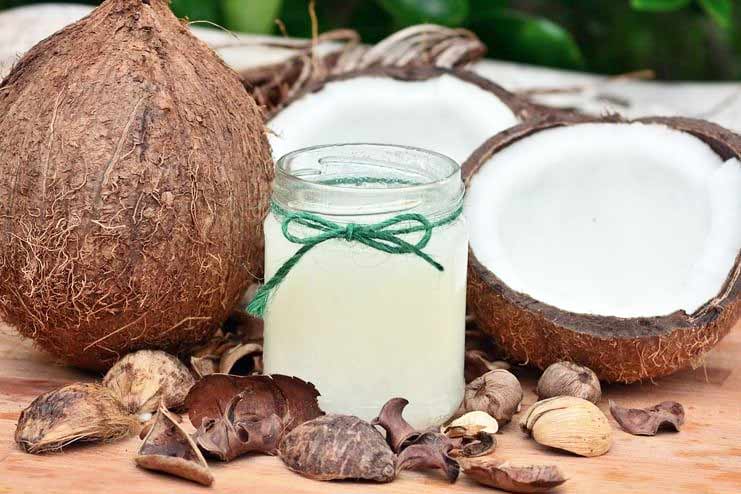Affiliate Disclaimer
Some links in this article are affiliate links. We may earn a small commission if you make a purchase through these links, at no extra cost to you. We only recommend products we find useful to our readersIn addition to being a mainstay in cooking, coconut oil has gained popularity for its unique medicinal qualities. Coconut oil comes into its own as a natural medicine that offers several advantages for burns, whether they are minor cooking or more severe accidents. Because of its antibacterial, calming, and moisturizing qualities, it works well as a healing aid. Coconut oil is gentle on the skin and successfully encourages healing, unlike ointments that are packed with chemicals. This post explains how coconut oil can be a valuable supplement to your first-aid supply, providing consolation and encouragement during the critical phases of burn healing.
Understanding Burns and the Efficacy of Coconut Oil

Burns are caused by various factors, including heat, chemicals, electricity, and even radiation. They destroy the skin’s tissues and induce pain and inflammation. Coconut oil’s effectiveness in treating burns can be attributed to its makeup, which is abundant in fatty acids, particularly lauric acid, which exhibits antibacterial and anti-inflammatory qualities. When applied topically, coconut oil generates a protective barrier over the burn. This barrier shields the burn from external irritants and prevents moisture loss.
Additionally, this barrier helps to limit the chance of infection, which allows for a more rapid healing process. As an additional benefit, coconut oil’s moisturizing properties help ease irritation and soothe the skin, while the natural antioxidants in coconut oil contribute to regenerating damaged tissues. Because of its ability to penetrate deeply into the skin, coconut oil can deeply nourish and hydrate the skin, effectively aiding its natural healing processes.
Benefits of Using Coconut Oil
Besides its efficacy in treating burns, coconut oil has a wide range of other advantages. Its high content of medium-chain fatty acids, such as lauric acid, assists in maintaining the skin’s overall health by hydrating and nourishing dry skin, which is why it is a popular choice in skincare routines.
Many skin problems, such as acne, eczema, and fungal infections, can be treated with coconut oil’s antimicrobial qualities, which help fight these conditions. Using coconut oil consistently can also help minimize the appearance of wrinkles and fine lines. It is because coconut oil contains antioxidants, which encourage the creation of collagen and ensure that the skin retains its flexibility.
When used in moderation, coconut oil can boost your metabolism and help with weight loss when you consume it. Because it raises HDL (also known as “good”) cholesterol levels and improves cholesterol ratio, it benefits the heart’s health. Furthermore, the anti-inflammatory qualities of coconut oil may assist in lowering inflammation throughout the body, which may help disorders such as arthritis and inflammatory bowel diseases. Because of its wide range of applications and well-established health advantages, coconut oil continues to be a popular choice in both the culinary and beauty industries.
Methods
Method 1: Direct Application
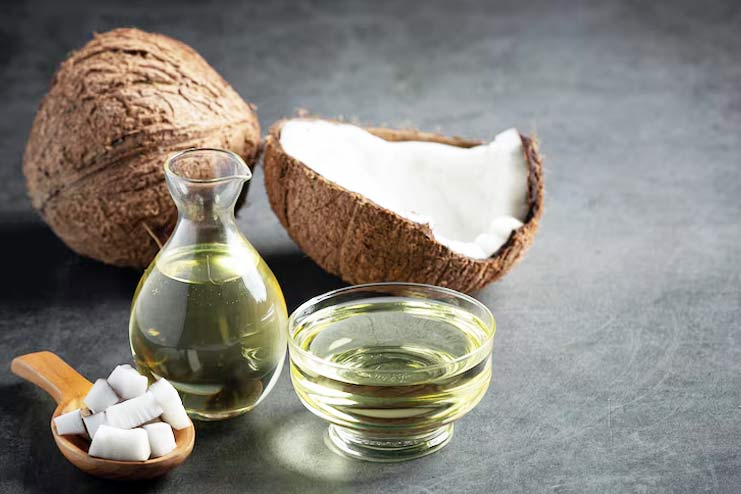
Applying coconut oil directly to the affected area provides instant relief and speeds up the healing process for minor burns. To get started, first, clean the burn with cool water in a gentle manner and then pat it dry. The next step is to apply a minimal amount of virgin coconut oil straight onto the afflicted area. Coconut oil’s natural antibacterial and moisturizing characteristics assist in reducing inflammation, soothing the burn, and preventing infection. Coconut oil also helps eliminate microorganisms. The burn should be reapplied as necessary until the burn starts to heal.
Method 2: Coconut Oil and Aloe Vera Blend
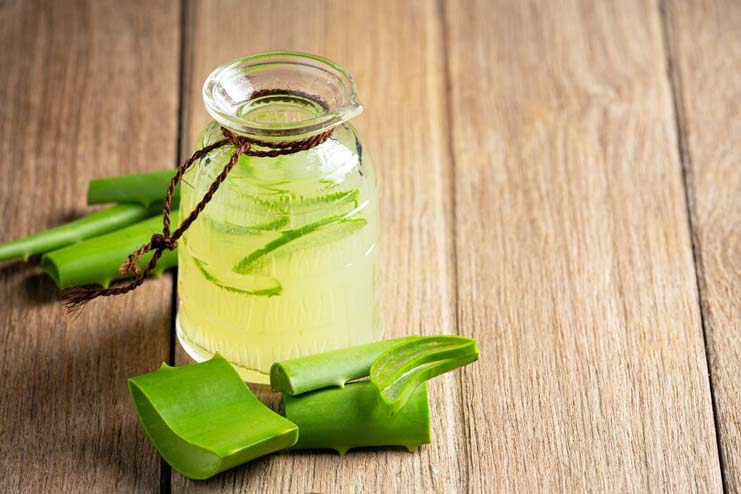
Combine coconut oil and the aloe vera gel to create a potent mixture for soothing burns. Thoroughly combine equal parts of coconut oil and aloe vera gel in a separate bowl. Because of the cooling impact of aloe vera, the moisturizing and healing capabilities of coconut oil are enhanced, which speeds up the recovery process for burns. Apply a generous amount of the mixture to the burned region, then wait for it to absorb. Apply it multiple times throughout the day to maintain the skin’s moisture level and to hasten the healing process.
Method 3: Coconut Oil and Honey Mixture
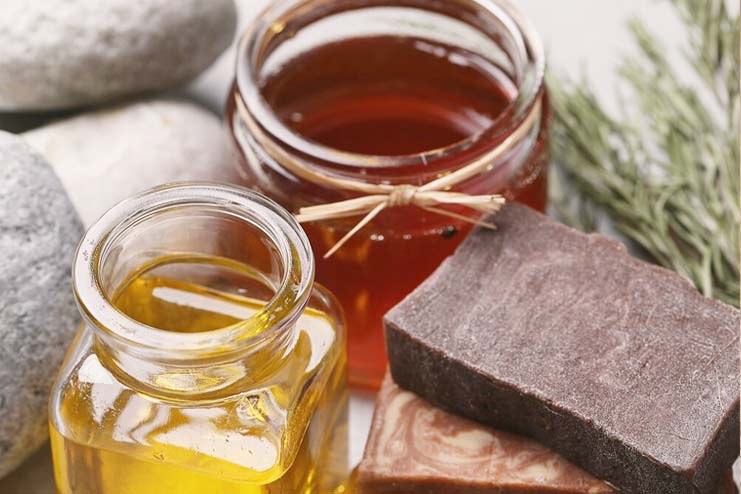
Honey, which naturally contains antibacterial qualities, works with coconut oil to hasten the healing process of burns. To get a smooth and complete mixture, combine one part of raw honey with two parts of coconut oil. Cover the burn entirely with the mix. Honey is beneficial because it helps establish a barrier that protects, while coconut oil moisturizes and encourages tissue regeneration. Not only does this mixture calm the burn, but it also lessens the likelihood of infection, making it an excellent choice for mild to moderate burns.
Method 4: Coconut Oil and Lavender Essential Oil

Soothing aroma of the lavender essential oil and its antibacterial characteristics make it a perfect complement to coconut oil when treating burns. Combine a few drops of the lavender essential oil with the coconut oil and apply the mixture gently to the burned area. When applied to the skin, coconut oil feeds and protects it, while lavender oil alleviates pain and inflammation. Not only does this mixture facilitate the healing process, but it also helps to relieve the tension and encourage relaxation during the recuperation.
Method 5: Coconut Oil and Calendula Salve

A salve made from calendula, which is well-known for its ability to soothe and regenerate skin, works in conjunction with coconut oil to facilitate the healing process of burnt skin. The melted coconut oil and the calendula salve should be combined equally. Apply the mixture to the burn in a generous manner, making sure that the damaged area is well coated. Calendula’s anti-inflammatory properties reduce swelling, while coconut oil helps hydrate the skin and promotes the regeneration of new skin cells. Utilize consistently to facilitate the healing process and lower the risk of scarring.
Method 6: Coconut Oil and Other Vitamins

Coconut oil is a good treatment for burns because it contains vitamin E and fatty acids, considerably boosting this oil’s therapeutic characteristics. Vitamin E is essential for the healing of damaged tissue since it helps to promote the repair and regeneration of the skin. If you have a burn, you can treat it by combining a few drops of vitamin C or vitamin A oil with coconut oil and applying the mixture to the damaged region as soon as possible. The antioxidant properties will facilitate the protection of the skin against free radicals, which are capable of causing additional harm to the skin. While this happens, coconut oil’s moisturizing and nourishing properties give the wounded skin the water and nutrients it needs.
This combination speeds up the healing process and helps reduce inflammation and minimize scarring. The anti-inflammatory qualities of coconut oil and vitamin C or vitamin A act together to alleviate pain and discomfort caused by the burn. This is accomplished by soothing the injured area. As an additional benefit, coconut oil’s moisturizing properties contribute to maintaining the skin’s suppleness and hydration, both of which are essential for the skin’s natural healing processes. When you use this combination, you will be able to take advantage of the synergistic benefits of both components, making it a versatile treatment capable of treating burns of varied degrees.
Method 7: Coconut Oil and Cooling Agents
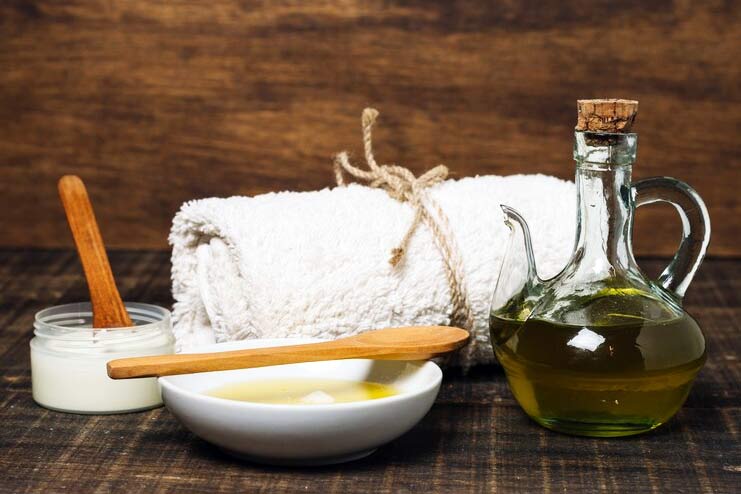
It is possible to alleviate the pain and inflammation connected with burns by applying cool compresses containing coconut oil. Gently clean the burn with cool water after applying a thin layer of coconut oil to the affected region. Then, place a cool, damp cloth over the burn or use an ice pack wrapped in a fabric for a few minutes. In addition to assisting the skin in its recovery process, the moisturizing characteristics of coconut oil complement the cooling impact provided by the oil. Repeat the process as often as necessary to ease discomfort and encourage healing.
Conclusion
Among the many valuable and efficient natural burn treatments, coconut oil stands out. It is a priceless tool for treating burns and encouraging a quicker recovery because of its antibacterial, hydrating, and skin-nourishing qualities. Coconut oil provides mild yet effective assistance, whether it is used alone or combined with calming ingredients like aloe vera or lavender oil. Encouraging readers to use these natural solutions as part of their first-aid routines can improve healing and lessen dependency on pharmaceutical treatments. Accept the therapeutic benefits of coconut oil to nourish and shield your skin naturally.
-
Dec 2018Written by Somapika D
-
Aug 2024Edited by Ankita
In this Article















